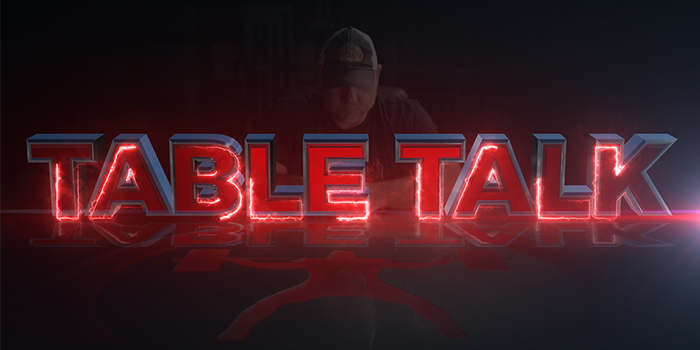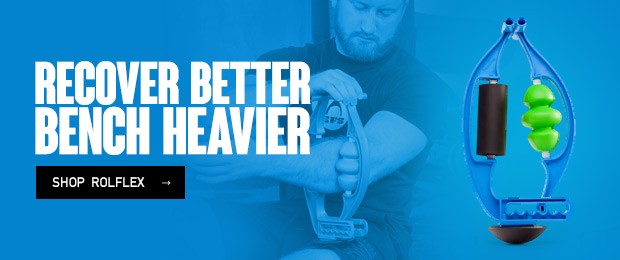
The closer you are to a meet, the heavier the weight on the bar. And heavier weight on the bar usually means fewer reps, more aches and pains, and a greater demand on your body for recovery. As you prepare to peak for competition, there are a number of things you can do to improve recovery. For today's Table Talk, Dave answers a question about extra workouts, one popular method to achieve this:
"How would you structure mini workouts or feeder workouts into a training cycle?"
Dave begins by sharing the one thing you need to understand before using any kind of extra workout: The role of your body is to adapt and overcome and stimulus you put it through. Whatever training you perform, your body works to recover, and if it can't your progress will stall, you'll be over-trained, and you'll run the risk of injury. Feeder workouts and recovery workouts will both work to improve your body's ability to adapt to training.
With that said, feeder or recovery workouts need to be placed into training when you need them, not haphazardly used just because you think they're a good idea. If you're making progress on four or five main training sessions per week, there's no need for recovery workouts or feeder workouts. It would be counterproductive to put them into your program in this case.
Instead, if you're preparing for a meet and running into problems such as sore elbows and knees or particular muscle groups inadequately recovering between session, Dave recommends feeder workouts eight to 12 hours before the main training session. This means that if you train in the morning, you should perform the feeder workout the night before. If you train at night, you should perform the feeder workout the morning of the main training day. Recovery sessions are similar. These flush more blood than a feeder session (which are instead more about muscle activation) but should be performed in the same manner. Use them for better recovery throughout the remainder of the peaking cycle, and then take them out.
As a word of caution, Dave says that if you keep these workouts in your program all the time, you'll have no options for extra recovery later on when you need it. Your body super-compensates and recovers from training and other stimuli you place on it; your body will also become immune and adapt to whatever recovery means you're using. This means it has to be cycled strategically. Passive recovery, such as massage therapy work, is the same way: keep it in forever and you won't get the same additional help. Your body will essentially learn to rely on these forms of aid for recovery rather than just recovering from the main sessions on its own.










